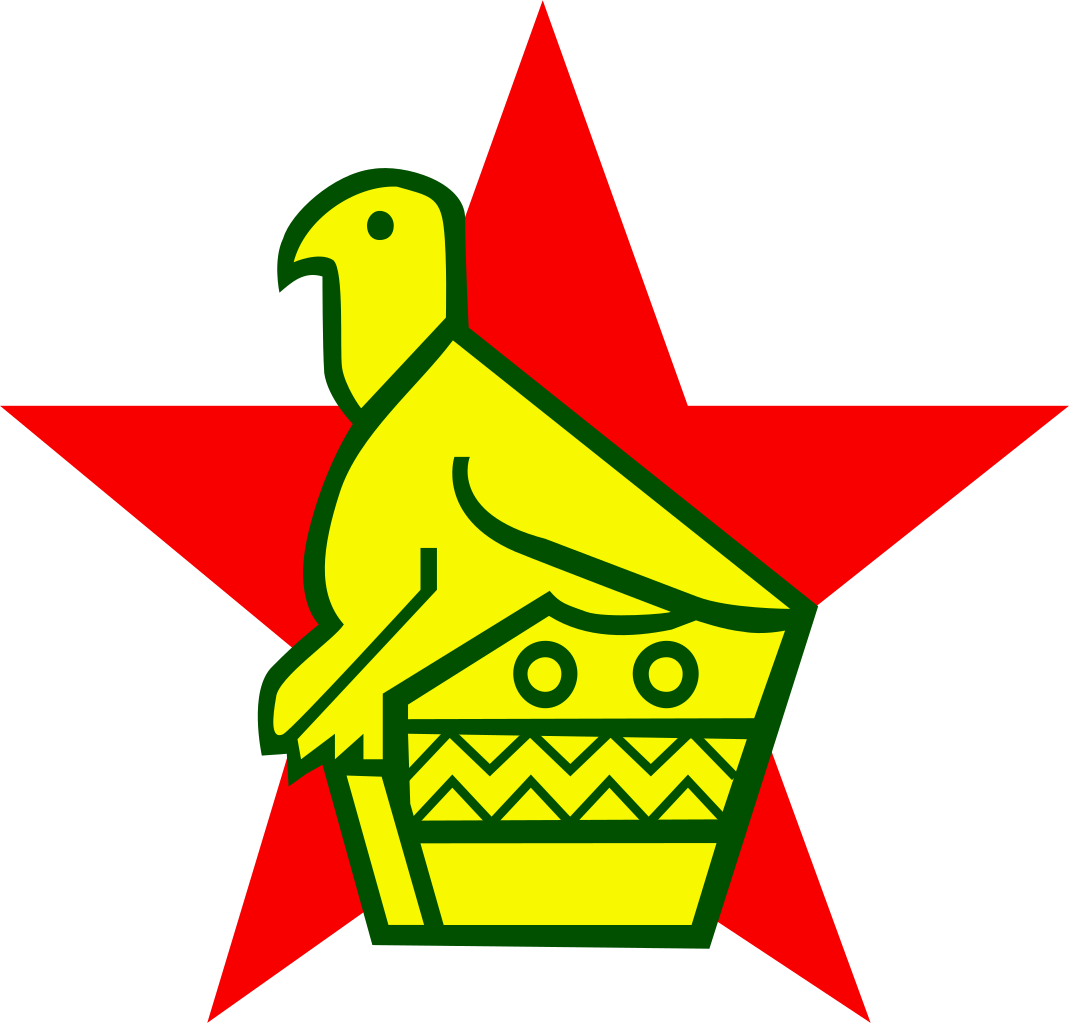TumTum
International Cricketer
1. What is the acceleration of a free falling object near the surface of the earth?
9.81 m/s^2
2. If the free falling object (of 64kg) is falling at a constant speed, what is the force applied by the wind resistance?
Constant speed, therefore upward force = downward force. That is, no resultant for or acceleration is acting on the body.
Therefore the wind resistance = weight of the object
= 64 * 9.81
= 627.84 N
3. If the wind resistance coefficient is 4kg/m, what speed is the object falling at?
Don't know the forumlas involved with coefficients of resistance.
4. Create a differential equation of motion of the object as it starts falling from rest.
Resultant force = Weight - Air Resistance
Air Resistance depends on Velocity for one thing, but I don't know what other variable.
dP/dt = mg - dv/dt if I use time for the second variable. So rate of change of momentum = mg - dv/dt, but dv/dt is just acceleration, so *shrug*.
5. Assuming 95% is close enough to 100%, how long will it take for the object to achieve full speed?
Don't think I can solve this without the above parts.
Good job so far

3. Air resistance, F=k(v^2). (F is relative to speed squared)
I told you k=4kg/m. If you put the units into the equation, you will notice you get F in kg.m/s^2 which is the same as N.
4. ma = mg-kv^2 (Force effective = m*a = Sum of all external forces)
5. You will notice you don't know 'a' or 'v' (however they are related). You need to rearrange the equation, and then solve it using a special technique for Non-Homogeneous DE's.
I am still giving you a chance to call you a legend in my signature



 Each new question continues on from the previous ones
Each new question continues on from the previous ones 


 )
)